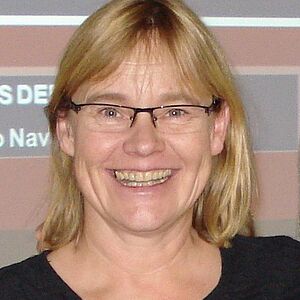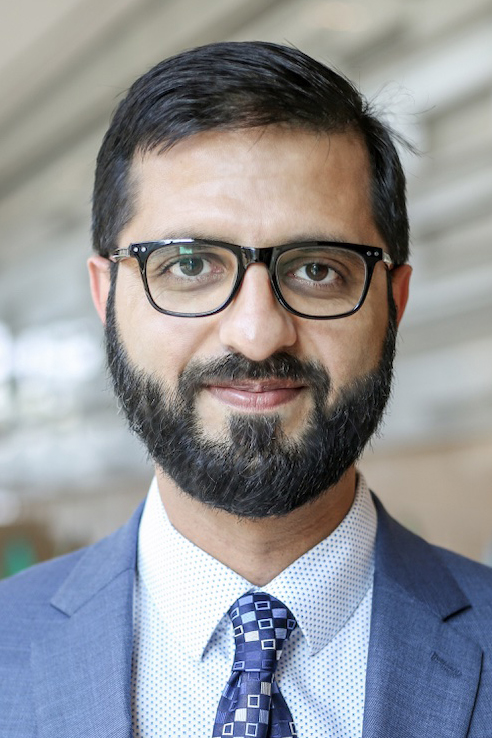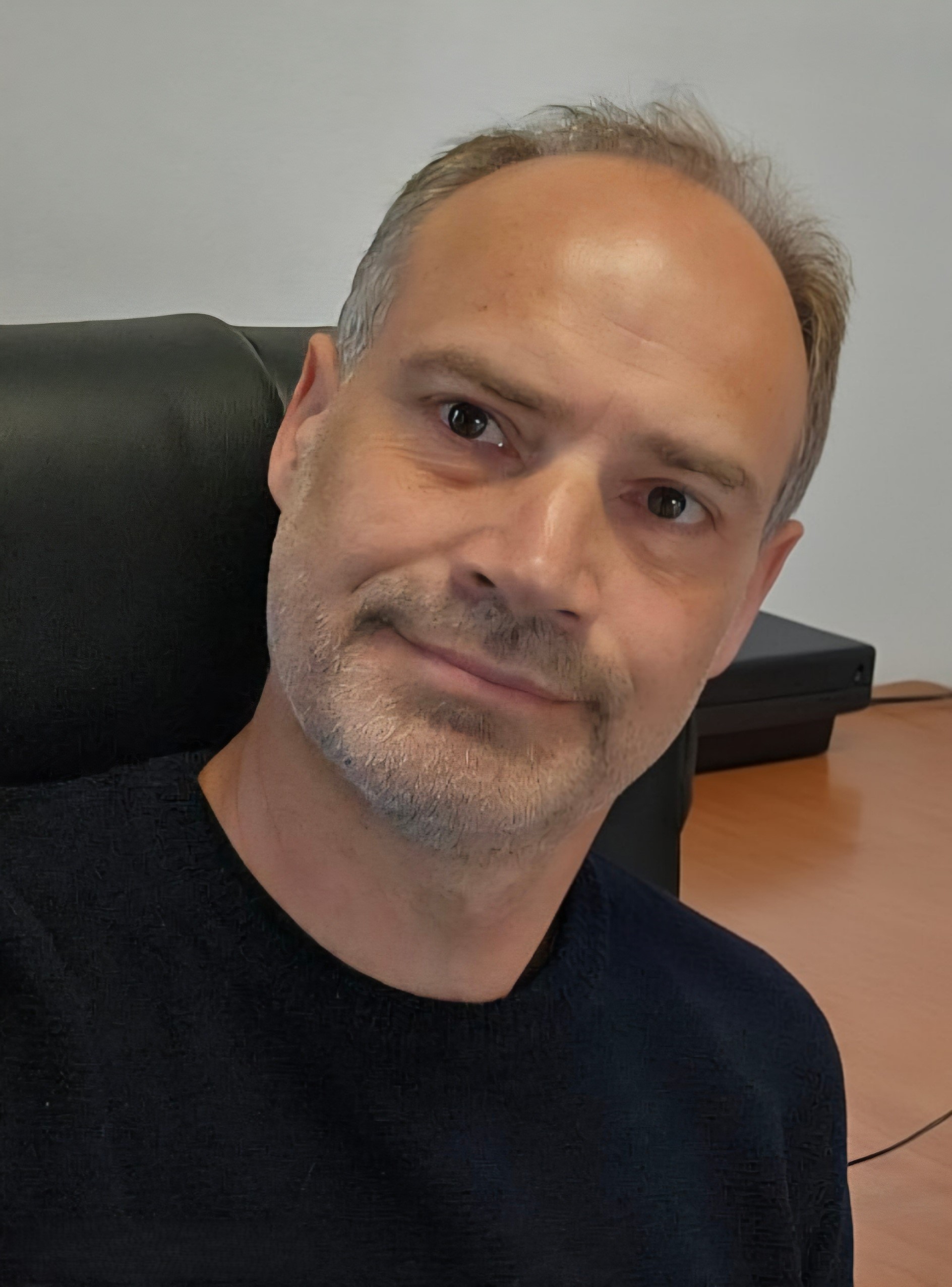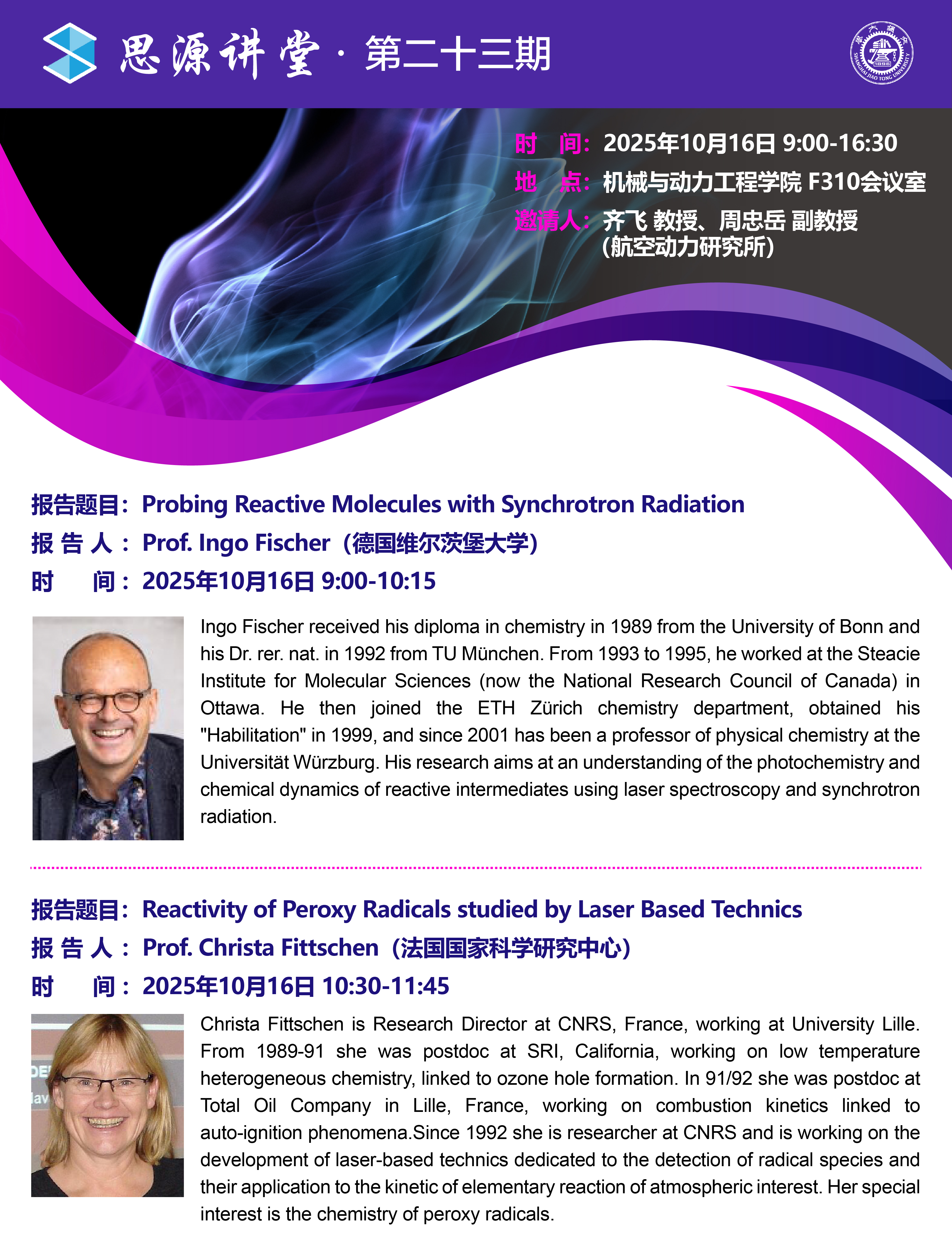时间:2025年10月16日 9:00-16:15
地点:77779193永利官网 F310会议室
邀请人:齐飞 教授、周忠岳 副教授(航空动力研究所)
报告题目:Probing Reactive Molecules with Synchrotron Radiation
报告人:Prof. Ingo Fischer(德国维尔茨堡大学)
时间:2025年10月16日 9:00-10:15
Biography

Ingo Fischer received his diploma in chemistry in 1989 from the University of Bonn and his Dr. rer. nat. in 1992 from TU München. From 1993 to 1995, he worked at the Steacie Institute for Molecular Sciences (now the National Research Council of Canada) in Ottawa. He then joined the ETH Zürich chemistry department, obtained his "Habilitation" in 1999, and since 2001 has been a professor of physical chemistry at the Universität Würzburg. His research aims at an understanding of the photochemistry and chemical dynamics of reactive intermediates using laser spectroscopy and synchrotron radiation.
Abstract
Reactive molecules, like radicals, biradicals and carbenes play an important role in the chemistry of reactive environments. Examples are combustion processes, atmospheric and interstellar chemistry as well as plasma chemistry. We investigate reactive molecules by photoelectron-photoion coincidence (PEPICO) spectroscopy using synchrotron radiation in the vacuum ultraviolet region. Accurate ionization energies and vibrational frequencies are determined. In my presentation, I will focus on species of interest in astrophysics, like CH3, c-C3H2 and HNCS, but also on recent work on inorganic and element-organic radicals.
报告题目:Reactivity of Peroxy Radicals studied by Laser Based Technics
报告人:Prof. Christa Fittschen(法国国家科学研究中心)
时间:2025年10月16日 10:30-11:45
Biography

Christa Fittschen is Research Director at CNRS, France, working at University Lille. She received PhD in 1989 at the University Göttingen, Germany, under the supervision of Prof. Jürgen Troe, working on reaction kinetics under combustion conditions. From 1989-91 she was postdoc at SRI, California, working on low temperature heterogeneous chemistry, linked to ozone hole formation. In 91/92 she was postdoc at Total Oil Company in Lille, France, working on combustion kinetics linked to auto-ignition phenomena.
Since 1992 she is researcher at CNRS and is working on the development of laser-based technics dedicated to the detection of radical species and their application to the kinetic of elementary reaction of atmospheric interest. Her special interest is the chemistry of peroxy radicals.
Abstract
Peroxy radicals, RO2, are key species in the atmosphere. They are reactive intermediates during the oxidation of hydrocarbons. In polluted environments, RO2 radicals react predominantly with NO, leading to formation of NO2, and eventually through photolysis of NO2 to formation of O3.
At low NOx concentrations such as in the marine boundary layer or the background troposphere, the lifetime of RO2 radicals increases and other reaction pathways such as self- and cross reaction with other RO2 or with HO2 radicals become competitive. To study these reactions, UV absorption spectroscopy has been employed in the past, a technique with good sensitivity but poor selectivity for peroxy radicals.
We have established a technique with better selectivity, but still good sensitivity by coupling laser photolysis to cw-Cavity Ring Down Spectroscopy in the near IR. I will present some recent results on measurements of rate constants and branching ratios of the self-reaction of selected peroxy radicals.
报告题目:Laser Sensing for Chemistry, Environment and Industrial Applications
报告人:Prof. Aamir Farooq(沙特阿拉伯阿卜杜拉国王科技大学)
时间:2025年10月16日 13:30-14:45
Biography

Dr. Farooq received his Ph.D. in Mechanical Engineering from Stanford University in 2010 and subsequently joined KAUST. He is the principal investigator of the Farooq’s group for Advanced Sensing Technology and Energy Research (FASTER). His research interests include sustainable fuels, chemical kinetics, precision spectroscopy, and laser-based sensors. He has authored over 250 refereed journal articles and has delivered invited talks at several international conferences. In 2019, Dr. Farooq was honored with the prestigious Hiroshi Tsuji Early Career Research Award by Elsevier and the Combustion Institute. In 2020, he received the Research Excellence award by the Combustion Institute. He was elected as a fellow of the Royal Society of Chemistry in 2022, a fellow of the Combustion Institute in 2024, and a fellow of Optica in 2025. In 2024, he was appointed the inaugural director of the Technology Innovation and Entrepreneurship (TIE) program at KAUST.
Abstract
Sensors based on laser absorption spectroscopy (LAS) offer a wide range of applications due to their simple architecture, ease of implementation, quantitative accuracy, high sensitivity and fast time response. Machine learning-based methods and mid-IR spectral region are helping to overcome challenges such as spectral interference and noise, thereby enabling the development of simpler optical systems. This talk will briefly describe some of the recent ML-enabled sensing work carried out in the FASTER lab at KAUST. This includes the measurements of a family of aromatic molecules, BTEX, using cavity-enhanced absorption and deep-neural networks. Spectral augmentation strategies are employed to account for unknown interference and noise in real-world applications. Spectral feature-engineering is used to capture species with low absorbance and flat spectra. Finally, blind-source separation is used to sense species with unknown reference spectra.
报告题目:From PAHs to Nanoparticles: Advanced Diagnostics of Soot Inception in Flames
报告人:Prof. Xavier Mercier(法国国家科学研究中心)
时间:2025年10月16日 15:00-16:15
Biography

Dr. Xavier Mercier is Research Director at CNRS and works at the PC2A laboratory (University of Lille, France). His research addresses fundamental processes of combustion, with a focus on soot formation and the role of polycyclic aromatic hydrocarbons (PAHs). He develops and applies advanced optical and synchrotron-based diagnostics to probe reactive intermediates, resonance-stabilized radicals, and the formation of carbonaceous nanoparticles in flames. By combining laser diagnostics, high-resolution photoionization, and complementary spectroscopic methods, his work provides new insights into particle inception and growth. Dr. Mercier collaborates closely with major scientific organizations such as IFPEN, ONERA, and Synchrotron SOLEIL as well as leading combustion research groups worldwide.
Abstract
Soot formation in flames represents a multiscale transformation from gas-phase molecules to carbonaceous nanoparticles, controlled by a complex interplay of chemical pathways. Among the key intermediates, polycyclic aromatic hydrocarbons (PAHs), resonance-stabilized radicals (RSRs), and molecular clusters bridge the gap between the gas and particulate phases. Their detection remains difficult due to short lifetimes and low concentrations. To address these challenges, we employ a multi-diagnostic strategy combining complementary photon and spectroscopic tools. Laser-induced fluorescence and excitation–emission matrices provide spatially resolved information on aromatic growth, while electron paramagnetic resonance spectroscopy reveals persistent radical species in nascent soot. Synchrotron-based VUV-PEPICO enables isomer-specific identification of elusive PAHs and radicals. By correlating optical and spectroscopic observables with molecular structures, this integrated approach refines our understanding of radical-driven clustering, PAH growth, and soot inception. The presentation will highlight how the synergy of advanced diagnostics contributes to unravelling the chemistry of reactive combustion environments.

